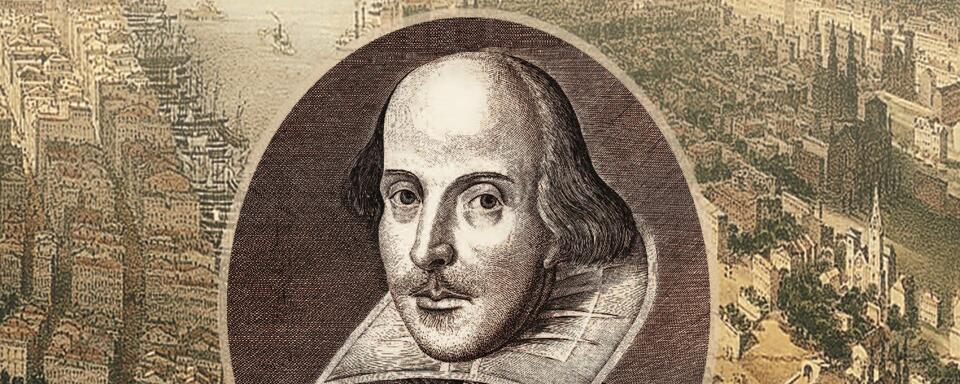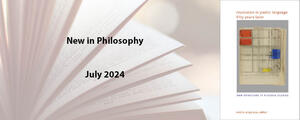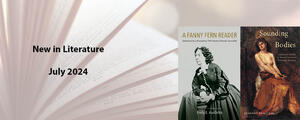
Three Events from New York City History that Aren’t the Astor Place Riots
From the author of Theatres of Value: Buying and Selling Shakespeare in Nineteenth-Century New York City
Guest post by Danielle Rosvally
Since I’ve been writing a book about New York City’s nineteenth century and theatre history for the last decade, I’m pretty familiar with being met by the one event from this time period that seems to be in the common lexicon: the Astor Place Riots. While there’s a lot to be interested in surrounding the riots (Shakespeare! Stardom in the nineteenth century! American versus British sensibilities! Class warfare! Death and destruction!), I think it’s time that we expand the lexicon. In the interest of providing more niche conversation fodder at cocktail parties, here are three more events from New York City’s nineteenth century theatre-adjacent history that are just as interesting.
1) The Booth Julius Caesar
Abraham Lincoln was shot by John Wilkes Booth during a production of Our American Cousin at Ford’s Theatre on April 14th, 1865. Much of the assassination’s logistics were smoothed for Booth by the fact that he was a known entity at Ford’s: as popular actor and a familiar face, no one questioned his presence in the theatre that night. Booth even knew to wait for a specific laugh line in the popular comedy before he pulled the trigger. This success was fueled by Booth’s past in the theatre; he was the son of British transplant actor Junius Brutus Booth Sr. Booth Sr. sired three sons who wound up in the theatre: Junius Brutus Booth Jr., John Wilkes Booth, and (the most successful of all the Booths) Edwin Booth.
On November 15, 1864 (almost five months to the day prior to Lincoln’s assassination) the three Booth brothers appeared together for the only time in their careers in a production of William Shakespeare’s Julius Caesar. Edwin played Brutus, Junius played Cassius, and John Wilkes Mark Antony. The night of the show, confederate sympathizers attempted to burn down New York City and set fire to several buildings in the area (including one next door to the Winter Garden where the Booth Caesar took place). The plot was foiled, and the show went on to be met by thunderous applause and rave reviews.
[fig 1: Booth Brothers in Julius Caesar]
2) Seneca Village
In the early to mid 1850s on the West side of what is now Central Park from approximately 82nd street to 89th street sat an enclave of free Black citizens. This settlement was known as Seneca Village. In Seneca Village, Black citizens owned land, had a thriving community life (as evinced by the three churches the area boasted by 1850), and had established a school for local Black students. When New York State enacted gradual emancipation in 1799 (slavery would not be completely abolished in the state until closer to 1840 due to how this law worked), the free Black population of New York boomed. New York housed the largest population of free Black citizens in the Northern United States in the early half of the eighteenth century. In 1820, nearly 11,000 free Black citizens lived in New York City, and by 1830 this number was almost 14,000. During the 1821 New York constitutional convention, the right to vote in New York State was established via property ownership – something that Black citizens of Seneca Village had. Accordingly, many residents of Seneca Village were eligible to vote prior to the 15th amendment of 1870 that guaranteed Black men the right to vote in the United States. Seneca Village was razed when the land it sat on was acquired by law of eminent domain in order to build Central Park; all residents were ordered to evacuate the settlement by 1857.
3) Barnum’s Museum and Lecture Hall
Before owning the circus that would make his name famous, P.T. Barnum owned a string of other entertainment businesses including his American Museum and Lecture Hall. The museum was a veritable palace of curiosities and contained everything from portraits of famous historical figures, to women demonstrating sewing on exciting, newly-invented machines, to a large menagerie of live animals. Attached to the museum was a “lecture hall,” a glorified theatre, where Barnum produced sensational dramas of the day. The museum burned down twice: once in 1865 (after which Barnum did rebuild), and then again in 1868 (after which he did not).
[fig 2: Barnum’s American Museum after the 1868 fire.]
Danielle Rosvally is an assistant professor of theatre at the University at Buffalo, the State University of New York. Her book Theatres of Value: Buying and Selling Shakespeare in Nineteenth-Century New York City is out now with SUNY Press.

